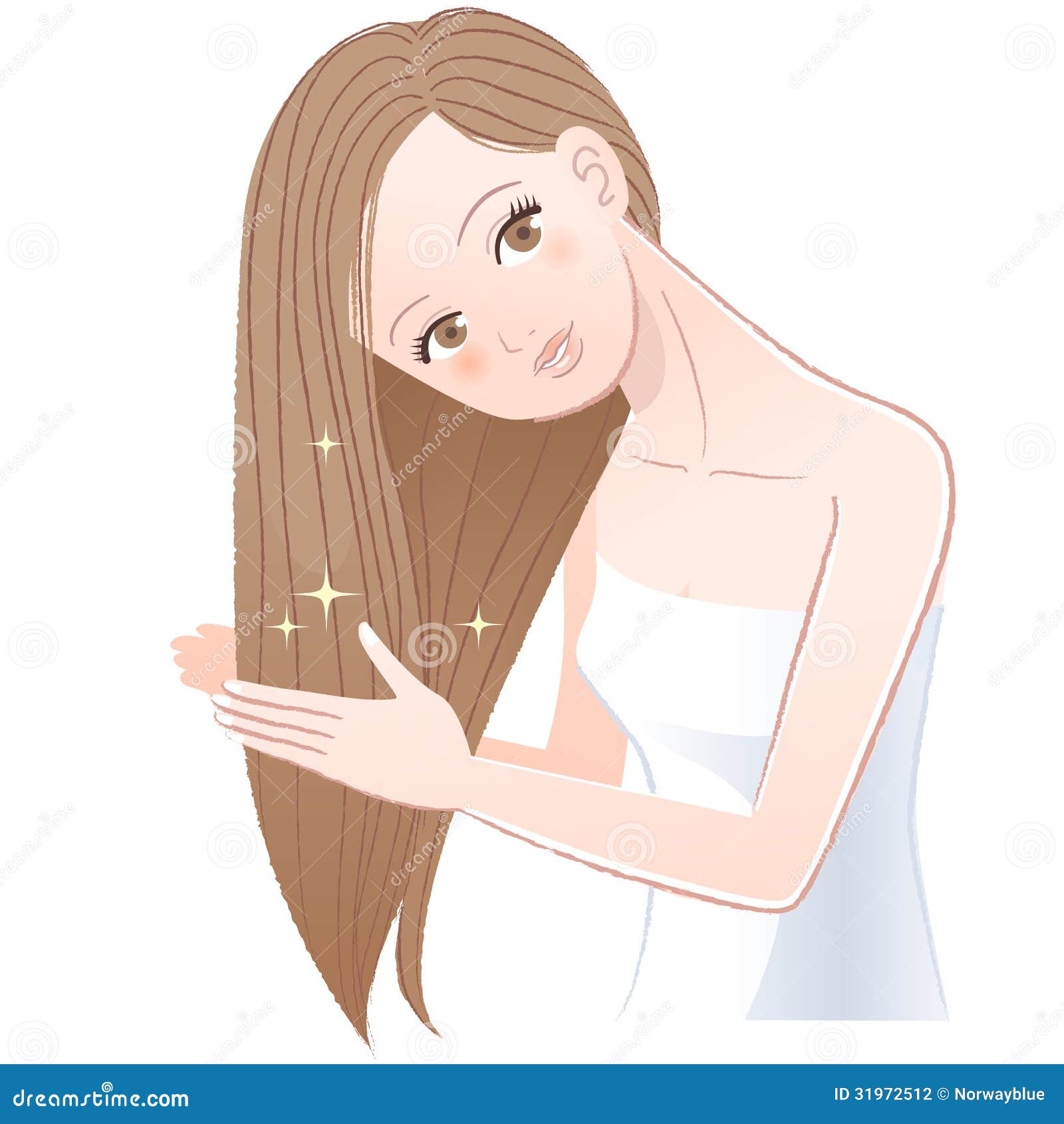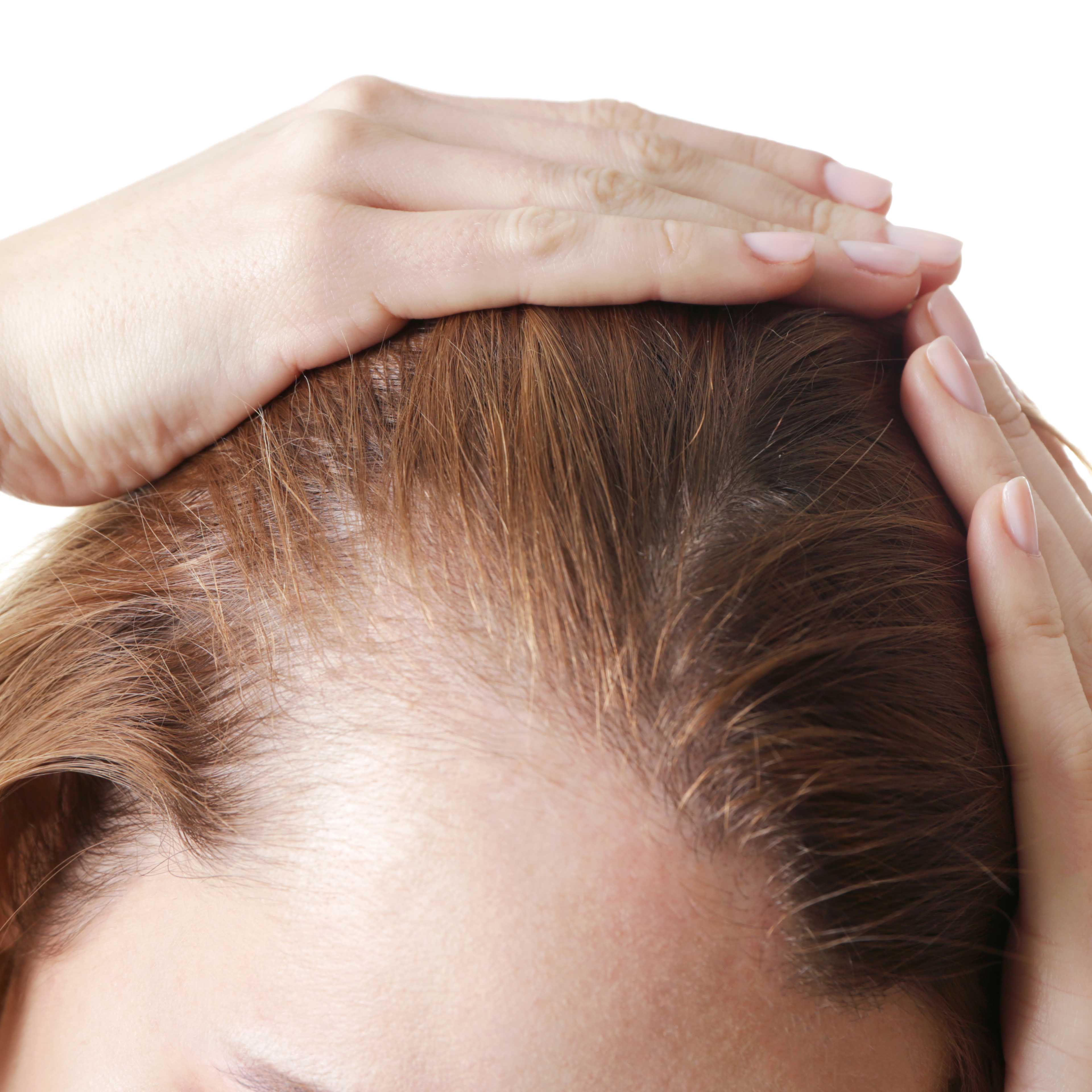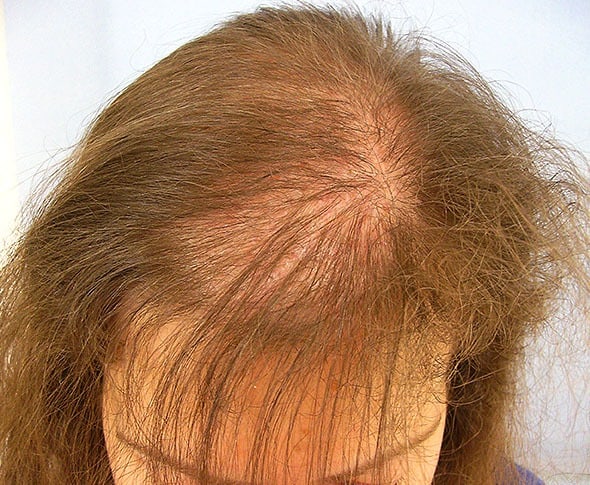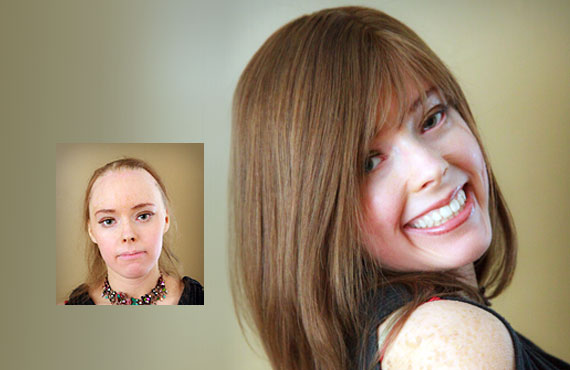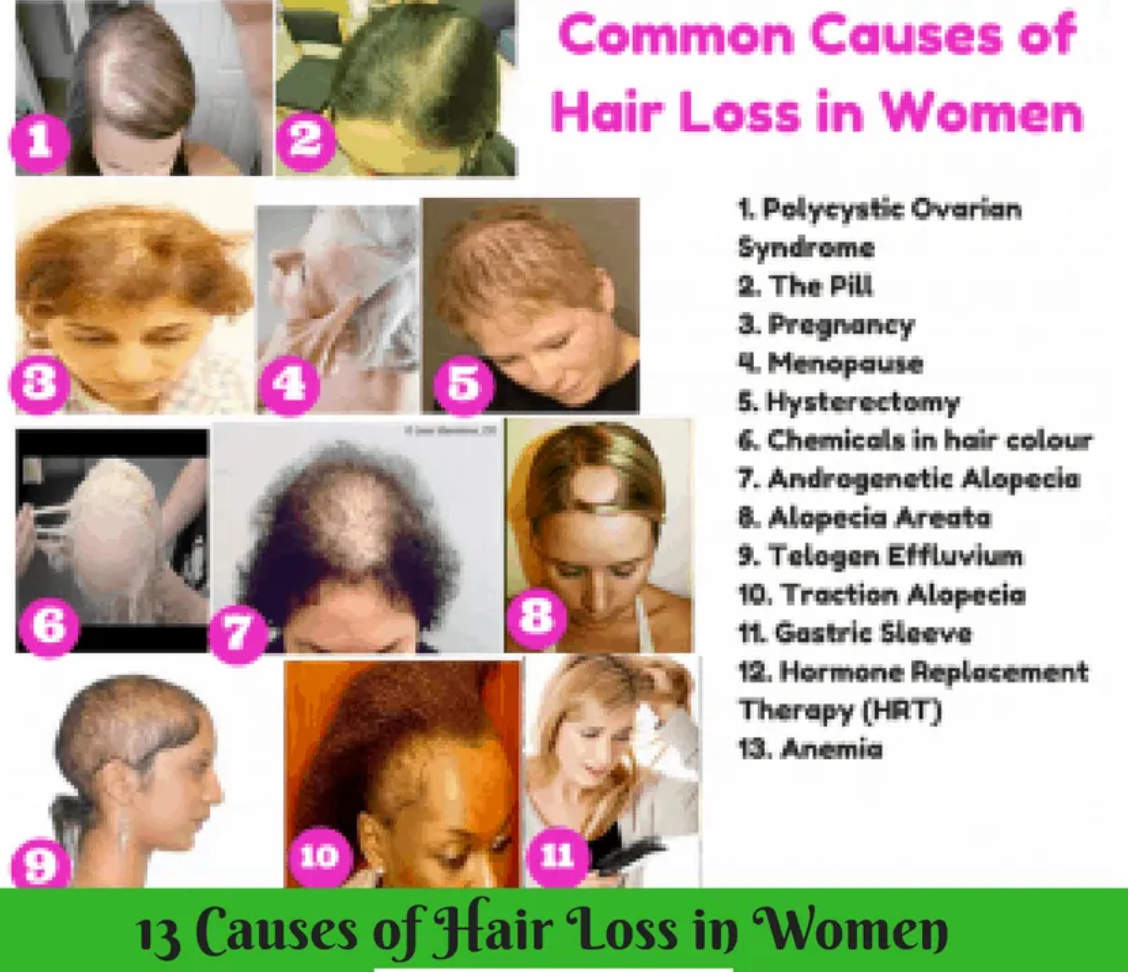Table Of Content

This lets the oil penetrate through the follicles and nourish your scalp. Take Traya's FREE 2-minute hair test, designed by doctors that analyses 20+ factors like genetics, scalp health, lifestyle, and hormones, to identify the root causes of your hair fall. If you want to take all the benefits of the oil you can steam your hair for a while. You can also wrap a hot towel around your hair and keep it wrapped for about half an hour.
Hair Oiling Benefits and the Best Ones to Use, According to Experts
It turns out, hair oiling could actually put you at higher risk for seborrheic dermatitis — essentially, dandruff. Boasting a blend that’s perfect for all texture types, Porsche likes this option as a natural hair product. It’s especially great for dry hair due to the sunflower seed, olive fruit, jojoba seed, and coconut oils. Novak says that different brands are geared toward different hair goals. Many hair oils are used to seal in hydration and infuse hair with nutrients, adds Ciara Costenoble, global hair stylist and educator.
How do you use hair oil?
This silicone-based oil is great for faster drying and a smoother look, Novak says. It’s formulated to seal in moisture and give shine while protecting from heat to get your perfect look quickly and effectively. Repairing damage, strengthening, protecting, restoring, and improving your strands, this lightweight oil is one of Porsche’s go-to picks.
How we chose the best hair oils
And the great thing is it’s so straightforward – all you need is oil and your hands. Rosemary oil is believed to stimulate hair growth and improve hair thickness. Rosemary oil, like other essential oils, should be used in small quantities or diluted with a carrier oil (like coconut, jojoba, or almond oil) to prevent irritation.
Of course, that also means it may be overstimulating for those with sensitive skin or scalp and should be used accordingly. That’s why we've created this carefully curated guide to using cedarwood oil. Here, we share intel from experts around why it may be a truly transformative ingredient when it comes to stellar scalp health and healthy hair growth. For what seems like forever, coconut oil has been touted as the ultimate hair-and-scalp treatment. On TikTok alone, the term "coconut oil for hair" has over 33 million views and counting.
Hair oil as a finishing touch on dry hair can tame frizz, add shine, or revitalize curls. Apply a small amount to your palms, rub them together, and lightly glide your hands over your hair to distribute the oil evenly. This technique is also great for fluffing out curls, one of the best ways to incorporate oils into your hair routine, according to Witherspoon.
The benefits of hair oiling:
After applying your oil, you can leave it on overnight and wash it off thoroughly with shampoo the next day. Massaging your scalp and hair helps to increase blood circulation, thus, promoting hair growth. Follow the below-mentioned steps to oil your hair the right way. Applying hair oil at a superficial level will just leave you with a greasy scalp and do nothing for your hair. Knowing the right way of oiling is important for your hair to be able to reap all its benefits. Another concern with how to apply oil to hair deals with oil and wet hair.
Hair Oiling: Benefits, Best Hair Oils, And How To Use Them - Women's Health
Hair Oiling: Benefits, Best Hair Oils, And How To Use Them.
Posted: Mon, 11 Mar 2024 07:00:00 GMT [source]
Extracted from the seeds of the Moringa Oleifera tree, this oil is gaining popularity for its hair care benefits. It is packed with vitamins, minerals, and amino acids essential for healthy hair. Moringa oil is lightweight and therefore suitable for all hair types, including fine and oily hair. For some hair types, skipping the occasional wash can come with some serious benefits—once you get past the oily stage, that is. Oil training, or the practice of “training” your hair to produce less oil over time, the better to allow your strands more time to absorb beneficial natural oils between washings.
Some studies suggest that rosemary oil may promote hair growth. One study published in Skinmedicine reported that rosemary oil was just as effective in increasing hair count as minoxidil, the active ingredient in the hair growth product Rogaine. Like coconut oil, olive oil is able to penetrate deep into hair’s fibers. In fact, the abundance of monounsaturated fats found in olive oil may play a key role in its conditioning properties. Sturdivant-Drew noted that you can apply oil when hair is wet or dry, depending on your styling routine.
If you're a fan of natural and clean hair care, chances are you have a favorite hair oil—be it a formulated product or one found at the grocery store. Hair oils are the cornerstone of natural hair care, as they help seal in moisture; condition hair with loads of antioxidants, fatty acids, and other nutrients; and add a heaping dose of shine. “If using natural oils, the essential vitamins and minerals contained within can promote hair growth,” explains Michelle Cleveland, owner of Hair Addict Salon in NJ. Hair oils may not directly stimulate hair growth, but they tend to create healthier scalp conditions which promote it.
People turn to them, or products that contain them, for a variety of reasons, such as hair dryness, dullness, or damage. Because oils supply moisture to your scalp, they may also help eliminate dandruff. Sturdivant-Drew said hair oils are particularly good for individuals with dry or tight scalps that are lacking moisture.
If you don’t have the patience to leave it overnight—or your scalp tends to be oil-prone—try hair oiling as a pre-shampoo treatment. Simply leave your hair oil on for at least 30 minutes, up to an hour, before shampooing and conditioning your hair as usual. There are no specific number of days you should be oiling your hair, says Dr. Spann, but for most people, once a week is sufficient. “For individuals with severely dry or brittle hair, it may be beneficial to oil two to three times per week,” adds Dr. Spann. There is a constant debate on how long we should leave the oil on scalp. Different hair types and oils require to be left on for different amounts of time.
You may choose light oils like grapeseed or almond in case you have a greasy scalp. Before you perfect how to apply oil to hair, choosing the best hair oil is important. An oil that is best suited for your hair depends on your hair type and hair needs. We recommend that you always do a patch test before using any oil so that you can make sure you do not have any allergies.
If applied to wet hair, the oil is not able to penetrate deeply. Water forms a layer on the hair and the oil is not able to pass through this. If you haven’t had a chance to visit your salon in a while, there’s still a way to conceal those split ends. Add some natural oils to the ends of your hair to help visually clean them up, while adding a bit of moisture in the process. Ayurvedic practices also suggest that people with high pitta have a mix of oily and dry hair. They may also be more prone to premature graying and alopecia.
Olive oil is a diverse ingredient you can incorporate into your hair care routine, ranging from taming flyaways to traditional hair oiling. The store-bought product is meant to replicate and supplement the natural oils that our bodies already make. Plus, Merinsky said, hair oils smell nice and provide you with control over the amount and application.


